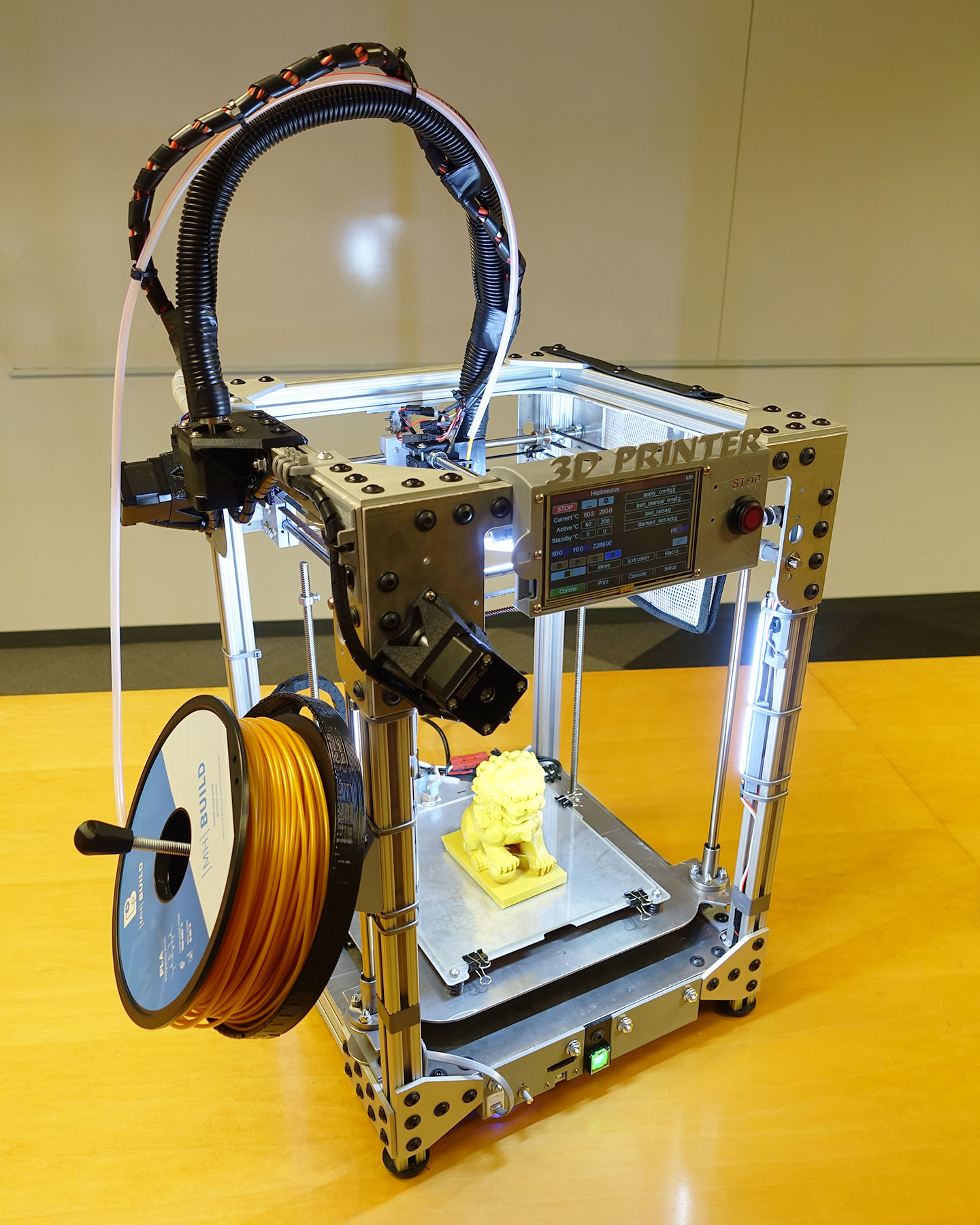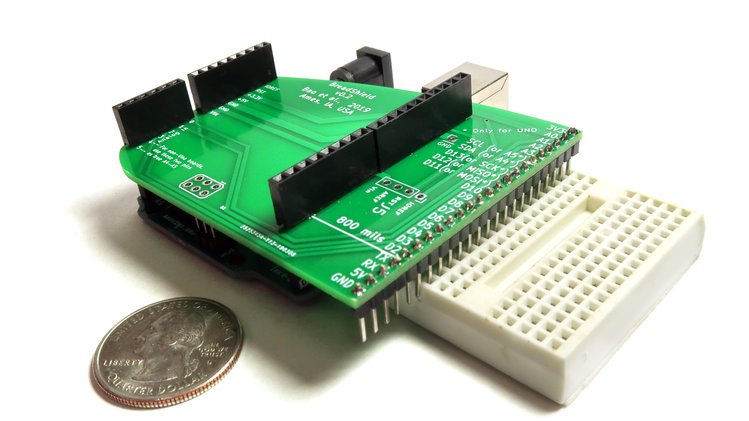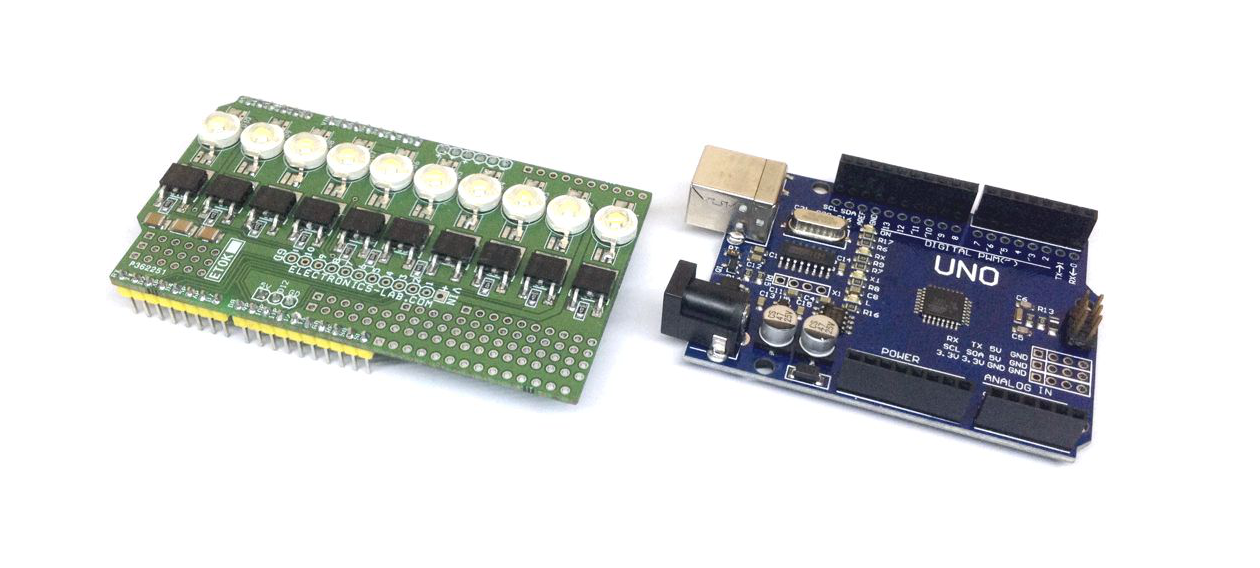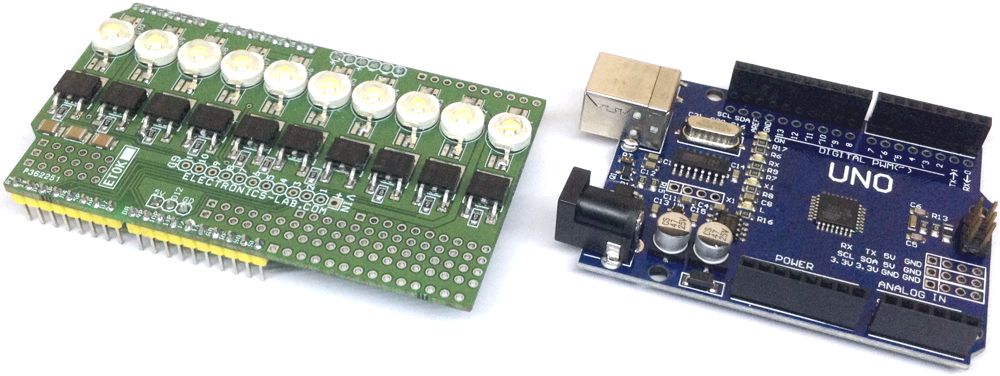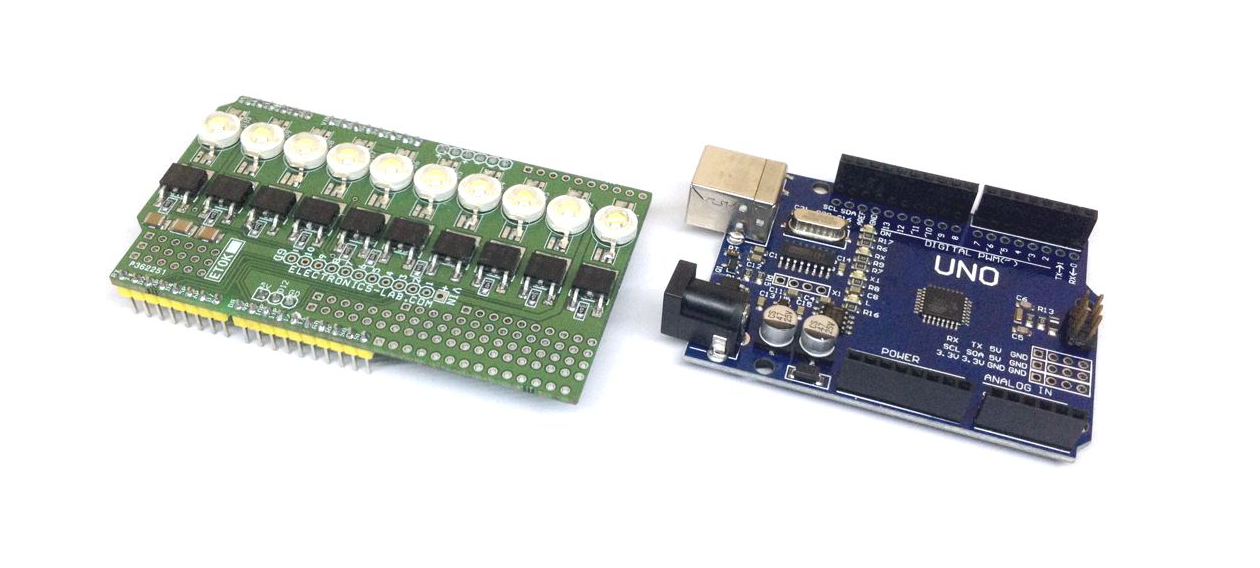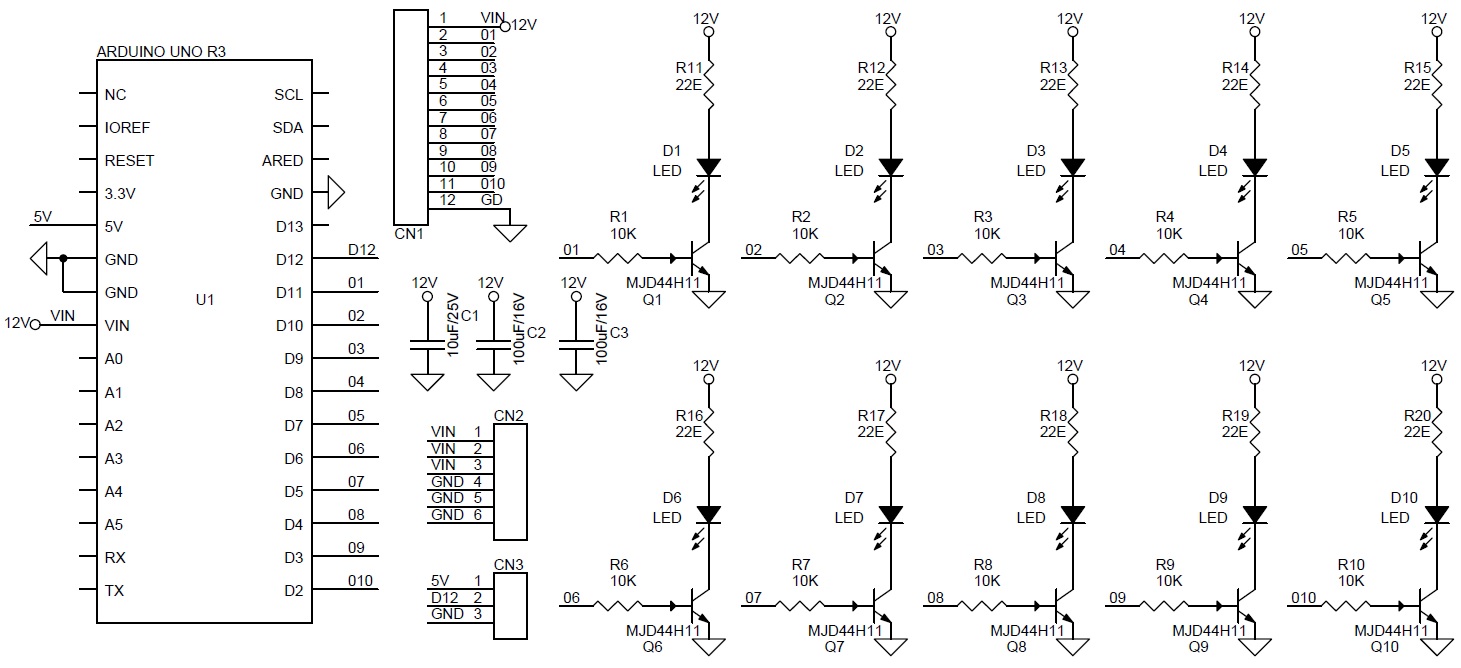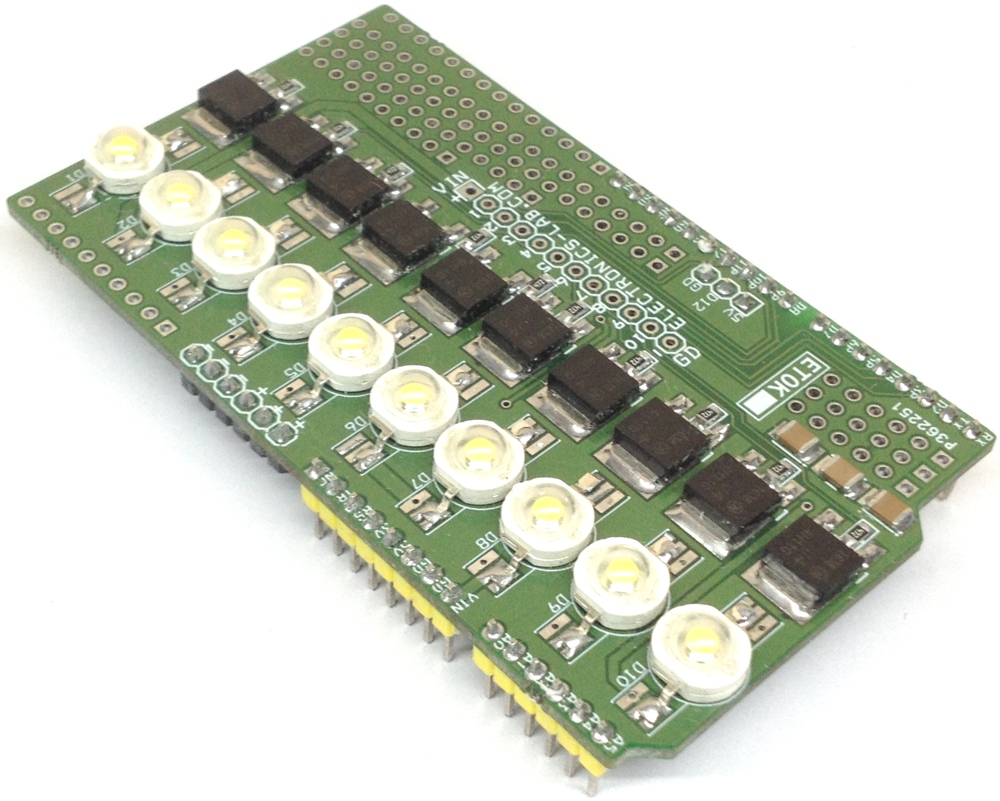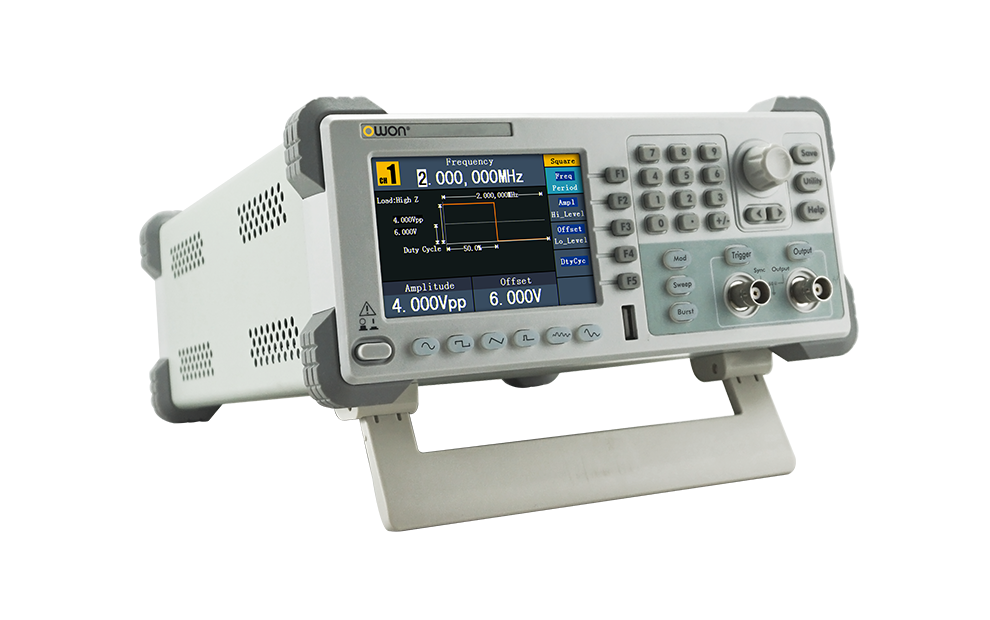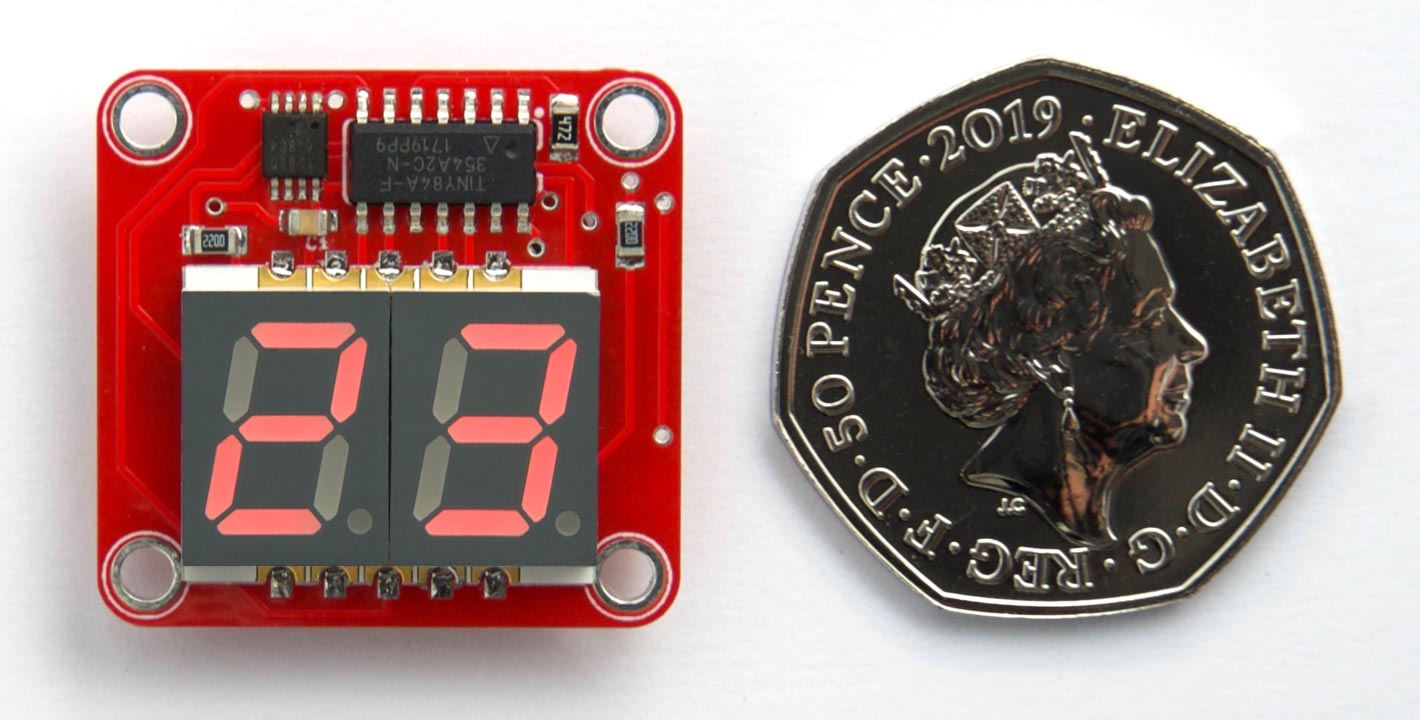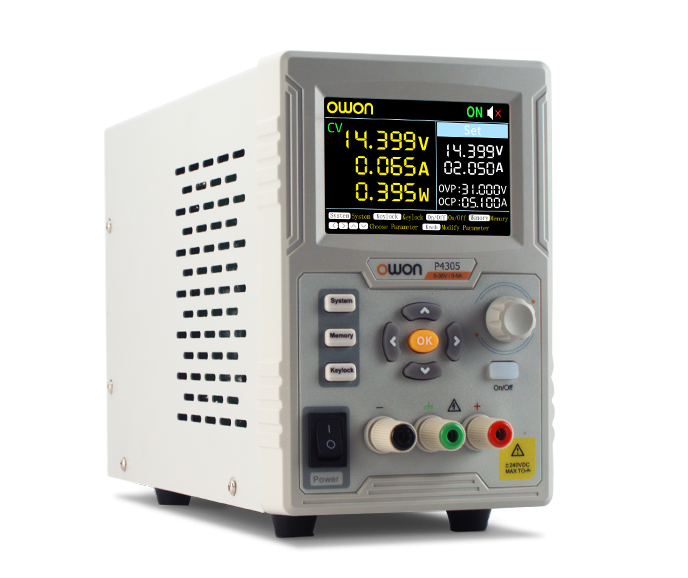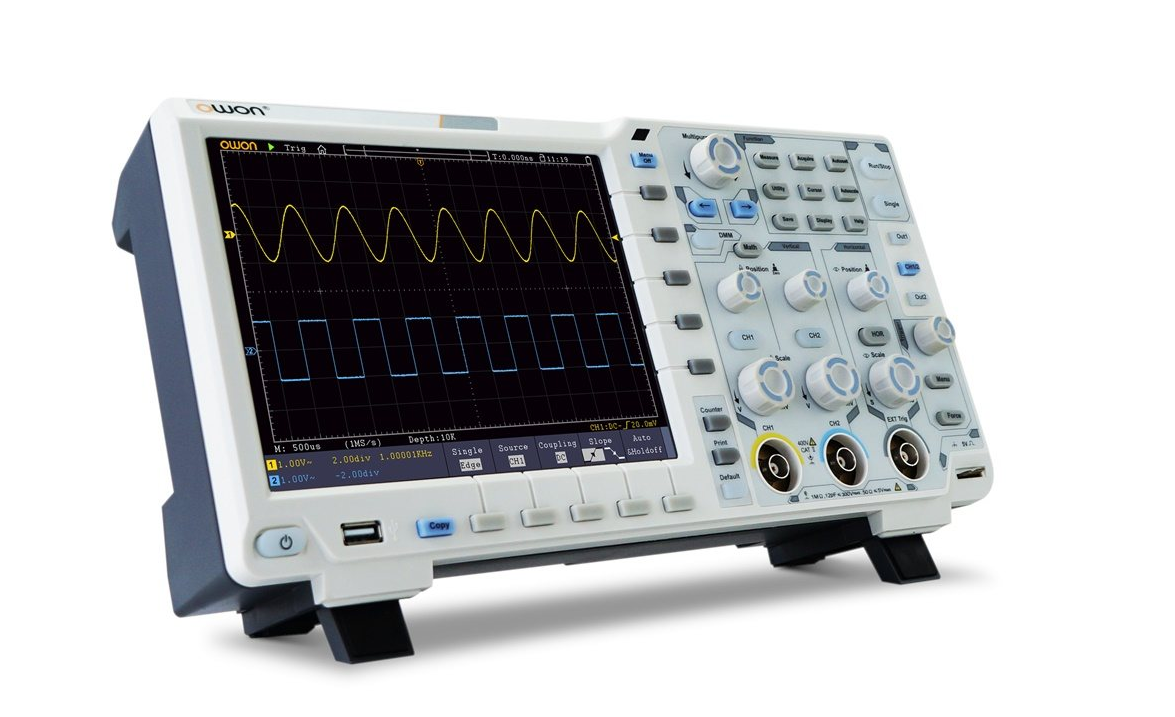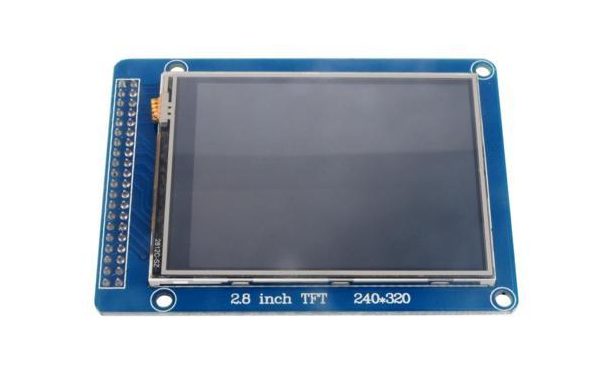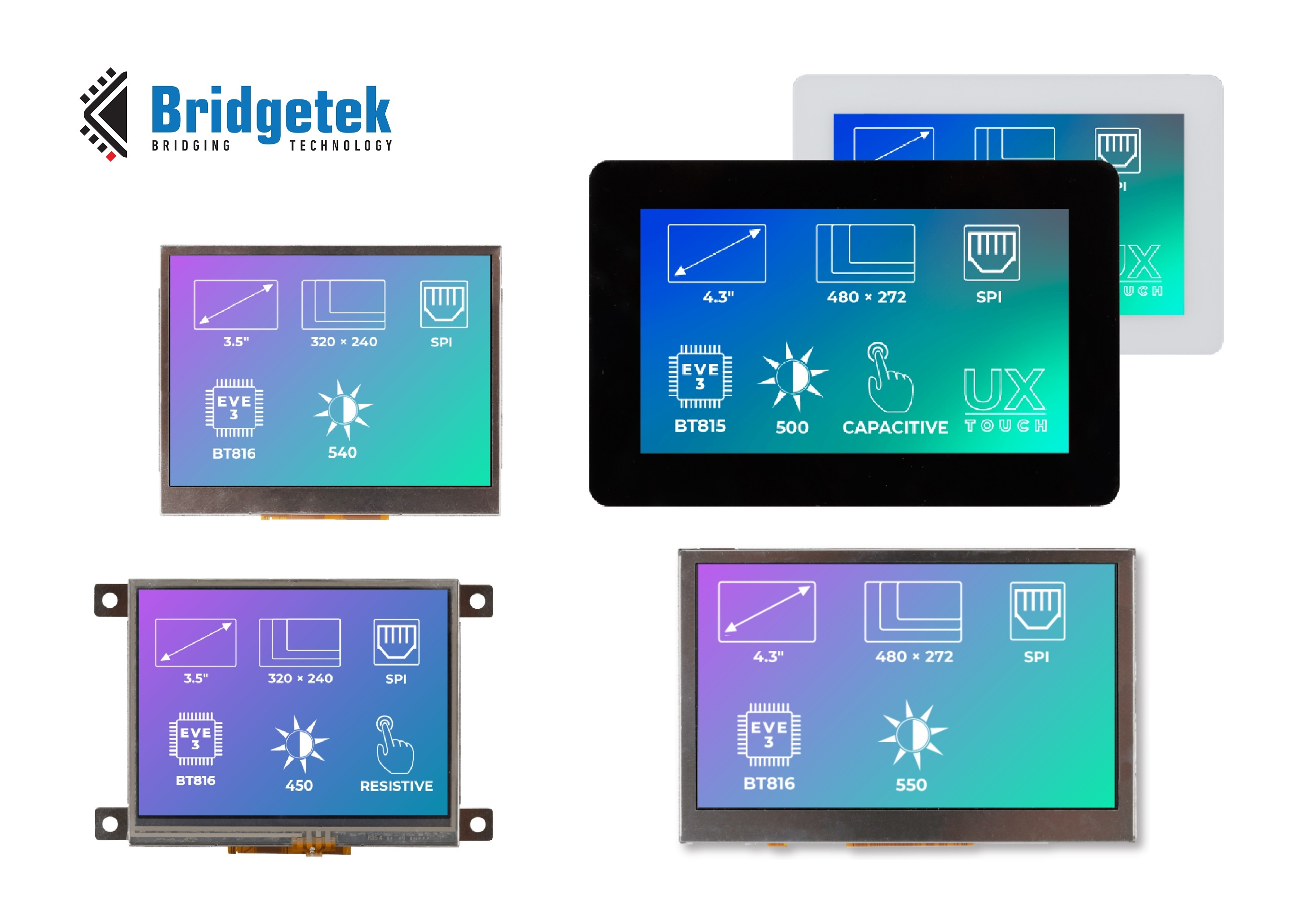
In order to broaden the appeal of its advanced graphics controller ICs in the emerging Internet of Things (IoT) sector, Bridgetek has entered into a three-way collaborative partnership with IoT development experts Zerynth and advanced display solutions provider Riverdi. Through cooperation between these companies’ engineering teams and drawing on their respective skillsets, customers will be better able to implement next generation smart building systems and Industry 4.0 ready factory automation equipment.
Benefiting from Bridgetek’s BT81x series devices, which incorporate the company’s multi-award winning Embedded Video Engine (EVE) technology, along with Riverdi’s touch-enabled display modules plus Zerynth’s IoT programming platform and its supporting libraries, this partnership will provide a compelling hardware/software offering that dramatically accelerates system deployments. EVE’s pioneering object-oriented architecture means that sophisticated human-machine interfaces (HMIs) can be constructed while only using minimal microcontroller and memory capacity, thus saving board real estate and curbing power consumption demands. Likewise, Zerynth’s Python-based programming platform keeps software engineering overheads down and is optimized specifically for resource-constrained IoT applications. This will enable the numerous Riverdi-supplied Wi-Fi/Bluetooth-compliant EVE HMI units within an IoT monitoring or control system to connect up to the cloud network and thereby utilize various cloud services.
The IoT presents huge opportunities for Bridgetek in terms of further automation of our living/working spaces and our factories. Bringing together proprietary EVE technology with the expertise of Zerynth and Riverdi means we now have a multifaceted solution to address these opportunities – covering all aspects from the chip level and board level right through to the firmware,
explain Lee Chee Ee, Head of Product Development at Bridgetek.
About Zerynth
Zerynth supplies the tools needed to develop IoT solutions. It simplifies the IoT development process by providing an easy and efficient way to program the most popular 32-bit microcontrollers in Python and connect them to cloud infrastructure, with the highest levels security. The company is headquartered in New York, with an R&D facility in Pisa, Italy, plus support from a global sales team. It is helping thousands of developers around the world to develop new IoT products and Industry 4.0 applications, with reduced costs and improved time-to-market. For more information go to https://www.zerynth.com
About Riverdi
Established in 2012, Riverdi brings high-quality customizable display solutions to the global market. Since its inception, the company has kept one dream in sight, to become the leading intelligent display manufacturer. With hundreds of thousands of displays sold all over the world, this dream is fast becoming a reality. For more information go to https://riverdi.com
About Bridgetek
Founded in 2016, Bridgetek supplies highly advanced ICs and board level products to meet the exacting demands of a constantly evolving global technology landscape. The company’s Embedded Video Engine (EVE) graphic controller ICs each integrate display, audio and touch functionality onto a single chip, thereby dramatically reducing in the time period and bill-of-materials costs associated with developing next generation Human Machine Interface (HMI) systems. These are complemented by its highly-differentiated, speed-optimized microcontroller units (MCUs) with augmented connectivity features.
For more information go to www.brtchip.com


